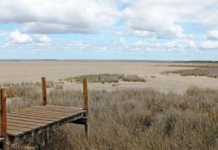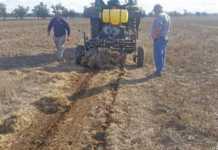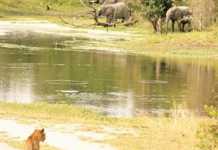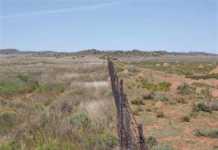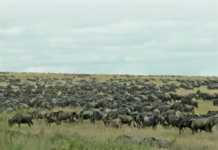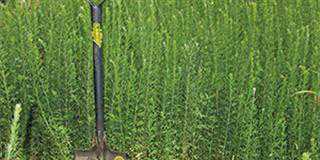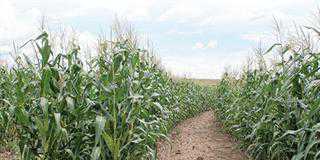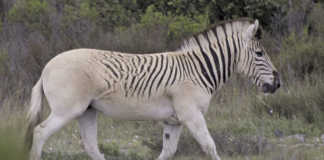I recently received a letter from Dave Quinton, from Waterkloof Farm in Molteno in the Eastern Cape. He was responding to a column in which I’d made a passing comment about the lack of sufficient rest being the main reason why veld on most SA farms is in such a shocking condition.
Dave pointed out that how the veld is grazed is of paramount importance. It was obvious he had a lot of knowledge to share on the practical aspects of veld management, so I decided to visit him. This turned out to be a defining moment in my life, one that forever changed the way in which I approach veld management.
The term ‘radical veld improvement’ normally implies practices such as veld fertilisation and/or overseeding with indigenous or exotic grasses and legumes. Dave hasn’t adopted any of these, yet his veld has been radically improved. So much so it now carries two-and-a-half times more livestock than was possible when he bought the farm 30 or so years ago.
Moreover, it’s abundantly clear to me that Dave has by no means reached the top of Everest – even greater heights beckon. While driving me around Waterkloof, he told me: “The veld is talking to me and telling me it needs more animals”. Clearly, he’s very observant and able to turn his observations into meaningful actions – the hallmark of a true natural scientist.
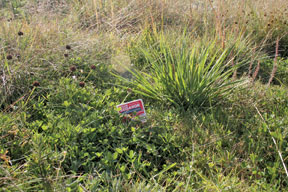
A grass/clover mix. Neither concentrates nor hay are fed to livestock on Waterkloof because there’s an abundance of nutritious veld.
Impressive
My first visit to Waterkloof took place a few days after Dave had weaned his calves. And I was struck by the excellent condition of the cows – those due for culling were already at optimum slaughter grade. The weaners were equally impressive. According to Dave, his calving percentage invariably exceeds 90%. As every stock farmer knows, such performance figures can only be achieved when beef cattle are kept on a high plane of nutrition throughout the year.
So you may be surprised to learn that neither concentrates nor hay are fed to livestock on Waterkloof. These aren’t necessary because there’s an abundance of nutritious veld. There are a number of reasons for this, but plant diversity must surely be the most important.
Increase
After years of applying holistic management there’s been a dramatic increase in the veld’s plant species composition. This is because Dave follows Allan Savory’s approach to veld management by bunching animals and keeping them moving. This eliminates overgrazing – the repeated ‘re-bite’ of re-growth.
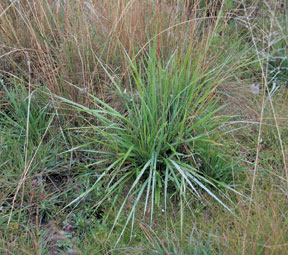
Fescue is hardy and nutritious.
A number of species have made a miraculous recovery after being absent from the Molteno veld for a long time. Of particular interest to me is the appearance of fescue. I’m a fescue fan because it’s hardy, nutritious and winter green. I’m also a great advocate of combining clovers with fescue – they make a very productive match. I never considered an indigenous fescue/clover mix but, sure enough, it’s right there, on Waterkloof.
In forthcoming columns I’ll discuss the immense benefits that can be derived from managing veld properly. For now, I want to direct you to Alan Savory’s Holistic Management. Be warned, though, this isn’t ‘bedtime reading’, it’s for those who are serious about improving their veld management skills.
John Fair is a leading expert on pastures and founder and head of the SA Biofarm Institute in Harrismith.Contact John on 058 622 3585 or at [email protected]. Please state ‘Biological farming’ in the subject line of your email.

